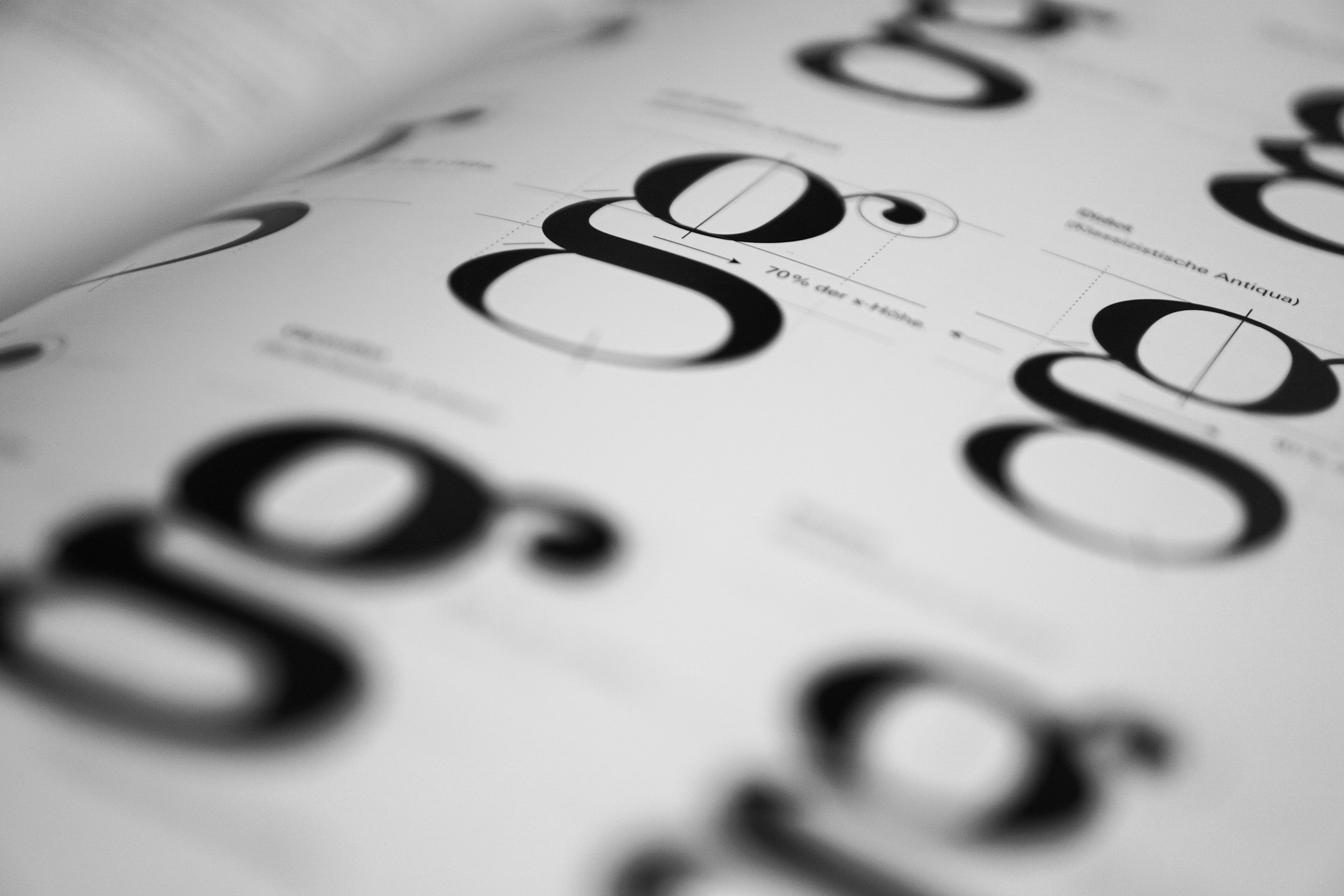
Typography is regarded as both an art form and a science in the field of graphic design because of its enormous capacity to communicate ideas, feelings, and brand identities. For designers who want to produce visually engaging experiences, knowing typography is essential. We explore the intricacies of typography in graphic design in this extensive book, including its foundations, uses, sophisticated methods, and changing trends.
I. Typography Overview
Typography, or the art of organizing type, includes the style, organization, and overall appearance of text in addition to font selection. Its historical history, from ancient calligraphy to the current, huge digital world, is a reflection of the evolution of written communication.
2. Fundamentals of Typography
A. Recognizing the Significance of Fonts Fonts are essential to design. It is essential to understand the differences between script, display, sans-serif, and serif fonts. Effective typography starts with an understanding of font anatomy, including x-height, baseline, ascenders, and descenders.
B. Typographic Structure
The secret is to use font styles and selections to create a visual hierarchy. Readability and clarity are guaranteed when headings, subheadings, and body text are properly differentiated.
3. Fundamentals of Efficient Typography
A. Transcription and Writability
It is crucial to choose the right fonts for the various situations and to make sure that the text is readable by taking into account elements like tracking, leading, and line length.
B. Positioning and Alignment
Text may be made more aesthetically pleasing and readable by learning how to employ white space, tracking, kerning, and leading techniques.
4. Graphic Design Typography
A. Typography in Branding Examine how font selections and typography work together to create iconic logos and uphold brand consistency.
B. Print Design Typefaces
Learn how typography influences print design fundamentals, from beautiful magazine spreads to powerful poster layouts.
5. Complex Typographic Methods
A. Pairing typefaces Learn the technique of combining typefaces, recognizing contrast, and utilizing different fonts to highlight distinct design elements.
B. Personalized Fonts
Explore the world of creating customized fonts and using hand-lettering methods to give your creations a distinctive personality.
6. Typographic Trends and Innovation
A. Changing Trends in Typography
Keep up with the latest trends, movements, and innovations influencing the field of modern typography.
B. Computerized Typography
Examine the importance of responsive typography in web design and how it fits into the overall UI (user interface) for smooth online experiences.
VII. Conclusion
Typography remains an ever-evolving facet of graphic design, intertwining tradition with innovation. As we navigate the realms of fonts, layouts, and digital spaces, understanding the art and science of typography will continue to be a cornerstone in delivering captivating visual narratives.
This guide serves as a roadmap for designers, enthusiasts, and businesses seeking to harness the full potential of typography in their creative endeavors. From the fundamental principles to advanced techniques and emerging trends, mastering typography enriches the language of visual communication, elevating designs from mere visuals to powerful narratives.